Home>Articles>How To Make Homemade Applesauce With Food Processor
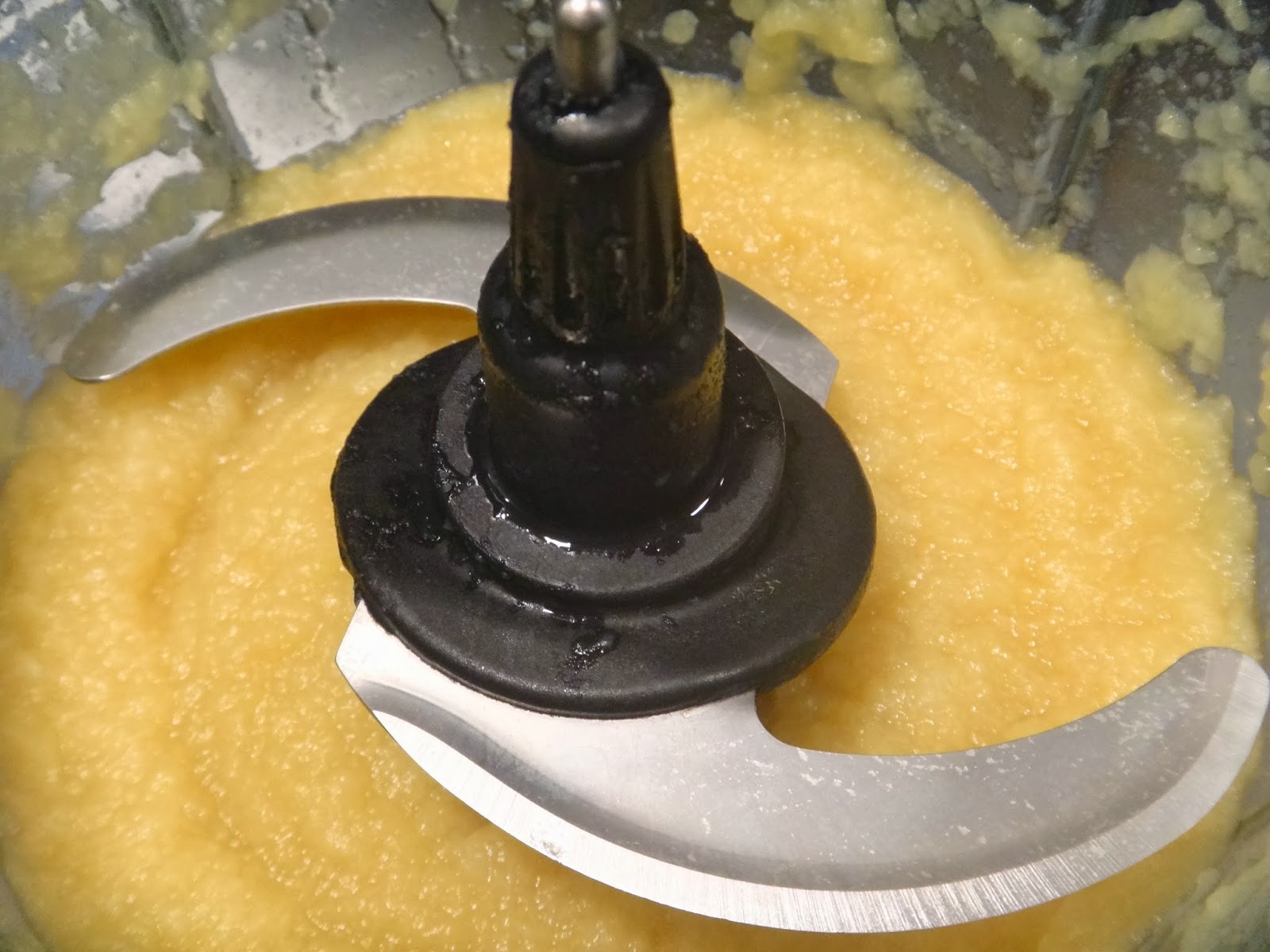

Articles
How To Make Homemade Applesauce With Food Processor
Modified: March 25, 2024
Learn how to make delicious homemade applesauce using a food processor with our step-by-step guide. Read more articles on cooking and recipes for great ideas.
(Many of the links in this article redirect to a specific reviewed product. Your purchase of these products through affiliate links helps to generate commission for Storables.com, at no extra cost. Learn more)
Introduction
Welcome to our guide on how to make homemade applesauce with a food processor. Applesauce is a versatile and delicious treat that can be enjoyed on its own or used as an ingredient in various recipes. Making your own applesauce allows you to control the ingredients, customize the flavors, and enjoy the satisfaction of creating something from scratch.
Using a food processor to make applesauce is a quick and efficient method that saves time and effort compared to traditional methods like using a stovetop or a blender. With the right apples and a few simple steps, you can have a fresh batch of applesauce ready to enjoy in no time.
In this article, we will guide you through the process of making homemade applesauce with a food processor. We will cover everything from choosing the right apples to serving and storing the final product. So, let’s dive in and start making some delicious applesauce!
Key Takeaways:
- Create delicious homemade applesauce with a food processor by choosing the right apples, adding flavors, and storing it properly for future enjoyment.
- Enjoy the satisfaction of making your own versatile and flavorful applesauce, perfect for snacking, baking, and pairing with various dishes.
Read more: How To Store Homemade Applesauce
Choosing the Right Apples
When it comes to making applesauce, not all apples are created equal. The type of apple you choose will greatly affect the flavor, texture, and sweetness of your homemade applesauce.
The ideal apples for applesauce are those that are sweet, juicy, and have a firm texture. Some popular varieties that work well for applesauce include Gala, Fuji, McIntosh, and Honeycrisp. These apple varieties have a good balance of sweetness and tartness, and they break down easily when cooked.
It’s best to use a combination of apple varieties to achieve a well-rounded flavor in your applesauce. By mixing sweet and tart apples, you can create a complex flavor profile that will delight your taste buds.
When selecting apples, choose those that are firm and free from bruises or blemishes. The color of the apple skin doesn’t necessarily indicate its ripeness or taste, so focus more on the texture and smell. If the apple feels heavy and gives off a pleasant aroma, it’s usually a good sign that it’s ripe and ready to be used for applesauce.
Depending on the size of your food processor and the amount of applesauce you want to make, you will need around 7 to 8 medium-sized apples. However, you can adjust the quantity of apples based on your preferences and the capacity of your food processor.
Now that you know what to look for in apples for applesauce, it’s time to move on to the next step: preparing the apples.
Preparing the Apples
Once you’ve selected the perfect apples for your homemade applesauce, it’s time to prepare them for processing. Follow these steps to get your apples ready:
- Wash the apples: Rinse the apples under cold water to remove any dirt or residue from the skin. You can use a scrub brush to gently clean the surface if needed. Dry the apples with a clean towel.
- Peel and core the apples: Using a vegetable peeler or a paring knife, peel the skin off the apples. This step is optional, as you can leave the skin on if you prefer a chunkier texture and added nutrition. If you choose to peel the apples, make sure to remove any stickers or wax that may be on the skin. Core the apples using an apple corer or a sharp knife to remove the seeds and the core. Cut the apples into quarters or smaller pieces for easier processing.
- Lemon juice or citric acid (optional): If you’re concerned about the apples browning during the preparation process, you can toss the apple slices in a mixture of water and lemon juice or citric acid. This will help preserve the color of the apples and prevent oxidation.
Once your apples are peeled, cored, and optionally treated with lemon juice or citric acid, you’re ready to move on to processing them in the food processor.
Note: If you’re using organic apples or apples with thin skin, you may choose to leave the skin on for added flavor and nutrition. Just make sure to wash them thoroughly before preparing them.
Now that your apples are prepared, let’s move on to the next step: processing the apples.
Processing the Apples
Now that your apples are prepared, it’s time to process them in the food processor to turn them into delicious homemade applesauce. Follow these steps:
- Place the prepared apples in the food processor: Transfer the apple slices into the food processor bowl. It’s best to fill the bowl with a manageable amount of apples to ensure even processing.
- Pulse or blend the apples: Depending on the desired consistency of your applesauce, you can choose between pulsing or blending the apples. For a chunkier texture, pulse the apples a few times until they reach your desired consistency. If you prefer a smoother applesauce, blend the apples on low speed for a longer duration, scraping down the sides of the bowl as needed.
- Check the consistency: After pulsing or blending, check the consistency of the applesauce. If it’s still too chunky for your liking, continue to process the apples until you achieve the desired texture.
- Optional: Add liquid if needed: Depending on the juiciness of the apples, you may find that the applesauce is too thick. If that’s the case, you can add a small amount of liquid, such as water or apple juice, to thin it out. Start with a tablespoon or two and gradually add more if needed, blending or pulsing after each addition.
Processing times may vary depending on the power of your food processor and the desired texture of your applesauce. It’s important to keep an eye on the consistency and adjust the processing time as needed.
Once the applesauce reaches your desired consistency, it’s time to move on to the next step: adding flavors and sweeteners, if desired.
When making homemade applesauce with a food processor, be sure to peel and core the apples before processing them. This will result in a smoother and more consistent texture for your applesauce.
Adding Flavors and Sweeteners (Optional)
While applesauce is delicious on its own, you can enhance the flavor by adding various spices and sweeteners. Adding flavors and sweeteners is an optional step that allows you to customize your homemade applesauce according to your taste preferences. Here are some ideas to consider:
- Spices: Common spices that pair well with applesauce include cinnamon, nutmeg, and allspice. You can add a pinch or two of your favorite spice and blend it into the applesauce for a warm and aromatic flavor.
- Sweeteners: Depending on the sweetness of the apples you used and your personal preference, you may want to add a sweetener to the applesauce. Popular sweeteners include honey, maple syrup, or brown sugar. Start with a small amount and taste the applesauce before adding more, as you can always adjust the sweetness to your liking.
- Vanilla extract: For a touch of sweetness and depth of flavor, you can add a splash of vanilla extract to the applesauce. This adds a subtle vanilla aroma and complements the natural sweetness of the apples.
- Other additions: Get creative with your applesauce by adding other ingredients like raisins, cranberries, or chopped nuts for additional texture and flavor. Experimenting with different combinations can result in unique and delightful variations of homemade applesauce.
Remember, the amount of spices and sweeteners you add should be based on your personal preference. You can start with smaller quantities and gradually add more as needed, tasting along the way to achieve the desired flavor.
Once you’ve added flavors and sweeteners to your applesauce, give it a final blend or pulse to ensure that everything is well incorporated. Now, it’s time to move on to the final steps: storing and serving your homemade applesauce!
Read more: What To Make In Food Processor
Storing and Serving the Applesauce
Now that you have made delicious homemade applesauce, it’s important to know how to store it properly to maintain its freshness and flavor. Here are some guidelines for storing and serving your applesauce:
Storage:
- Refrigerator storage: Transfer the applesauce to an airtight container or jar. Store it in the refrigerator for up to 1 week.
- Freezer storage: If you want to extend the shelf life of your applesauce, you can freeze it. Use freezer-safe containers or freezer bags and leave some room for expansion. Frozen applesauce can be stored for up to 3 months.
Serving:
- Hot or cold: Applesauce can be enjoyed both hot and cold. If you prefer warm applesauce, simply heat it on the stovetop or in the microwave before serving.
- As a snack: Enjoy applesauce on its own as a healthy and satisfying snack. You can serve it in a bowl or pack it in individual containers for on-the-go snacking.
- Accompaniments: Applesauce pairs well with various dishes. Serve it alongside roasted meats, pancakes, waffles, or oatmeal for a delicious combination of flavors.
- Baking ingredient: Use your homemade applesauce as a substitute for oil or butter in baking recipes. It adds moisture and natural sweetness to cakes, muffins, and breads.
Remember to allow your applesauce to cool down before storing or serving it. This will help maintain its freshness and prevent contamination. And don’t forget to label your containers with the date to keep track of its storage time.
With these storage and serving tips, you can enjoy your homemade applesauce for weeks to come. Get creative and experiment with different ways to incorporate it into your meals and desserts!
Now that you’re equipped with all the information you need to make and enjoy homemade applesauce, it’s time to put your knowledge into practice. Have fun in the kitchen and delight in the deliciousness of your very own homemade applesauce!
Conclusion
Congratulations! You have successfully learned how to make homemade applesauce with a food processor. By following the steps outlined in this guide, you can now enjoy the delights of fresh, flavorful applesauce made right in the comfort of your own kitchen.
Making your own applesauce allows you to control the ingredients, customize the flavors, and enjoy the satisfaction of creating something from scratch. With the right selection of apples, proper preparation, and processing techniques, you can achieve a delicious homemade applesauce that suits your taste preferences.
Remember to choose the right apples that are sweet, juicy, and firm textured. Take the time to properly wash, peel, and core the apples before processing them in the food processor. You can also add flavors and sweeteners like spices and sweeteners to enhance the taste of your applesauce, according to your personal preferences.
Once your applesauce is made, you can store it in the refrigerator or freezer to enjoy it for longer periods. Applesauce can be served as a snack, used as an ingredient in various dishes, or even as a substitute for oil or butter in baking recipes.
Homemade applesauce is a versatile and delicious treat that provides a multitude of possibilities. Whether you enjoy it plain, warm, or paired with other dishes, it is sure to bring a burst of natural sweetness and comforting flavors to your taste buds.
So, get creative, experiment with different apple varieties, flavors, and serving ideas, and have fun making your homemade applesauce. Enjoy the delightful aromas and flavors as you indulge in this nutritious and delightful treat.
Thank you for joining us on this applesauce-making journey. We hope you have found this guide helpful and that you enjoy the fruits of your labor!
Frequently Asked Questions about How To Make Homemade Applesauce With Food Processor
Was this page helpful?
At Storables.com, we guarantee accurate and reliable information. Our content, validated by Expert Board Contributors, is crafted following stringent Editorial Policies. We're committed to providing you with well-researched, expert-backed insights for all your informational needs.
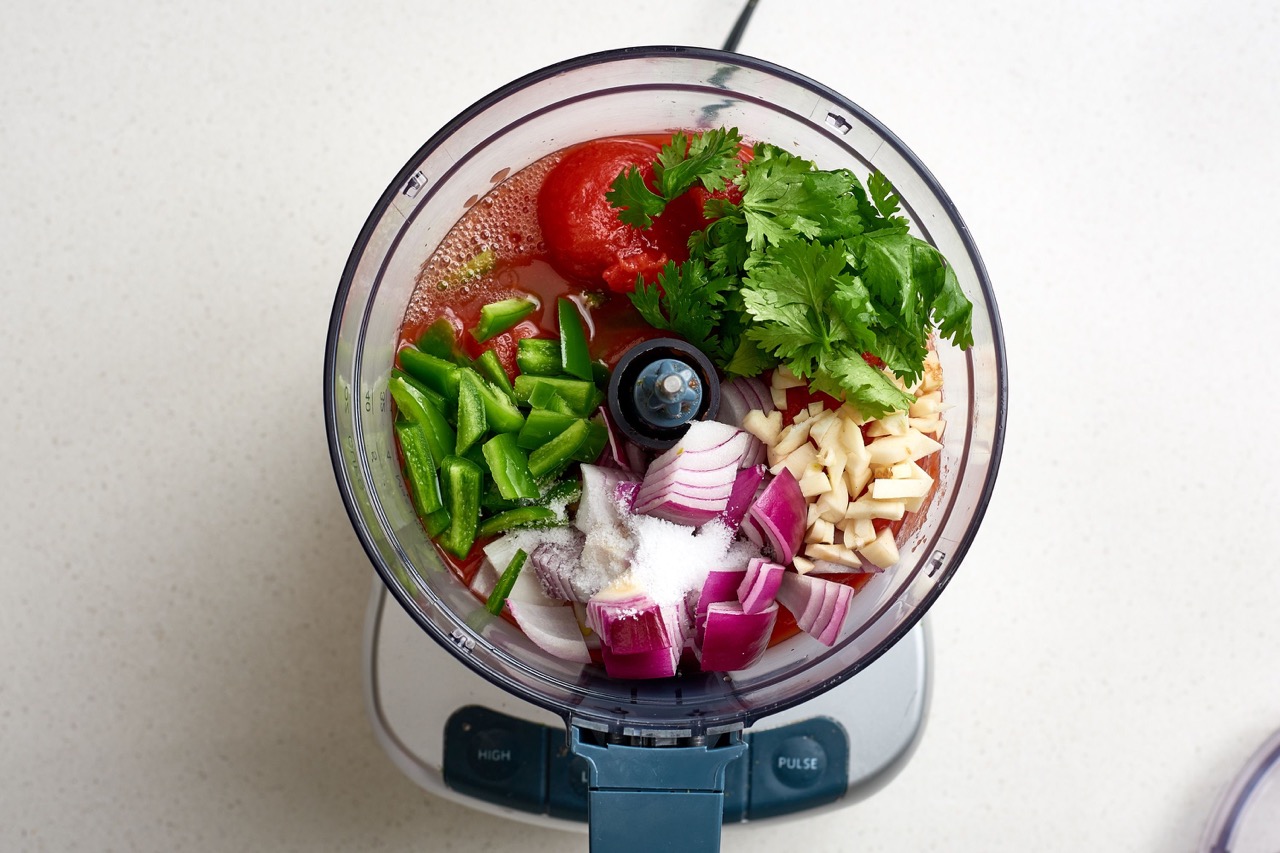
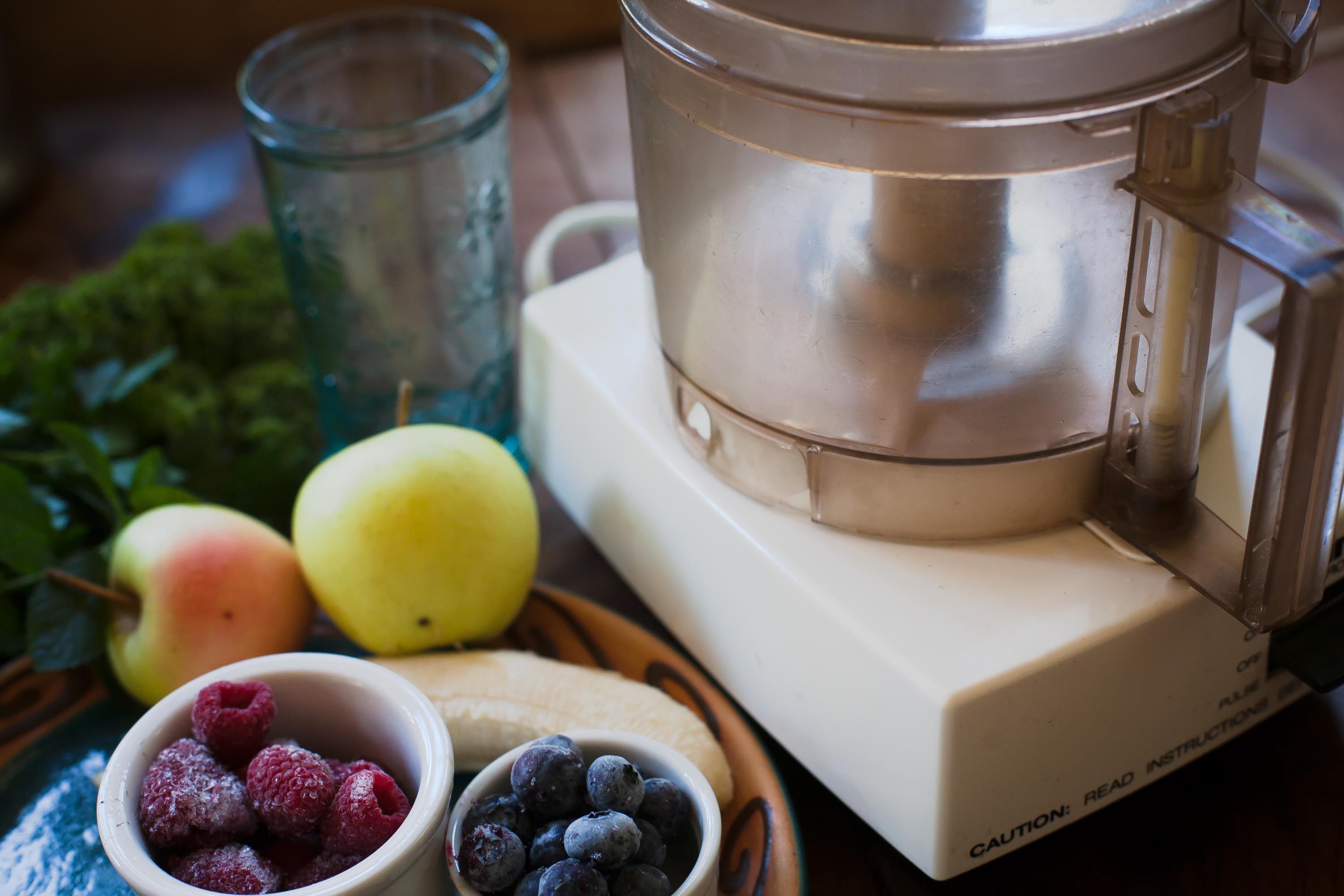
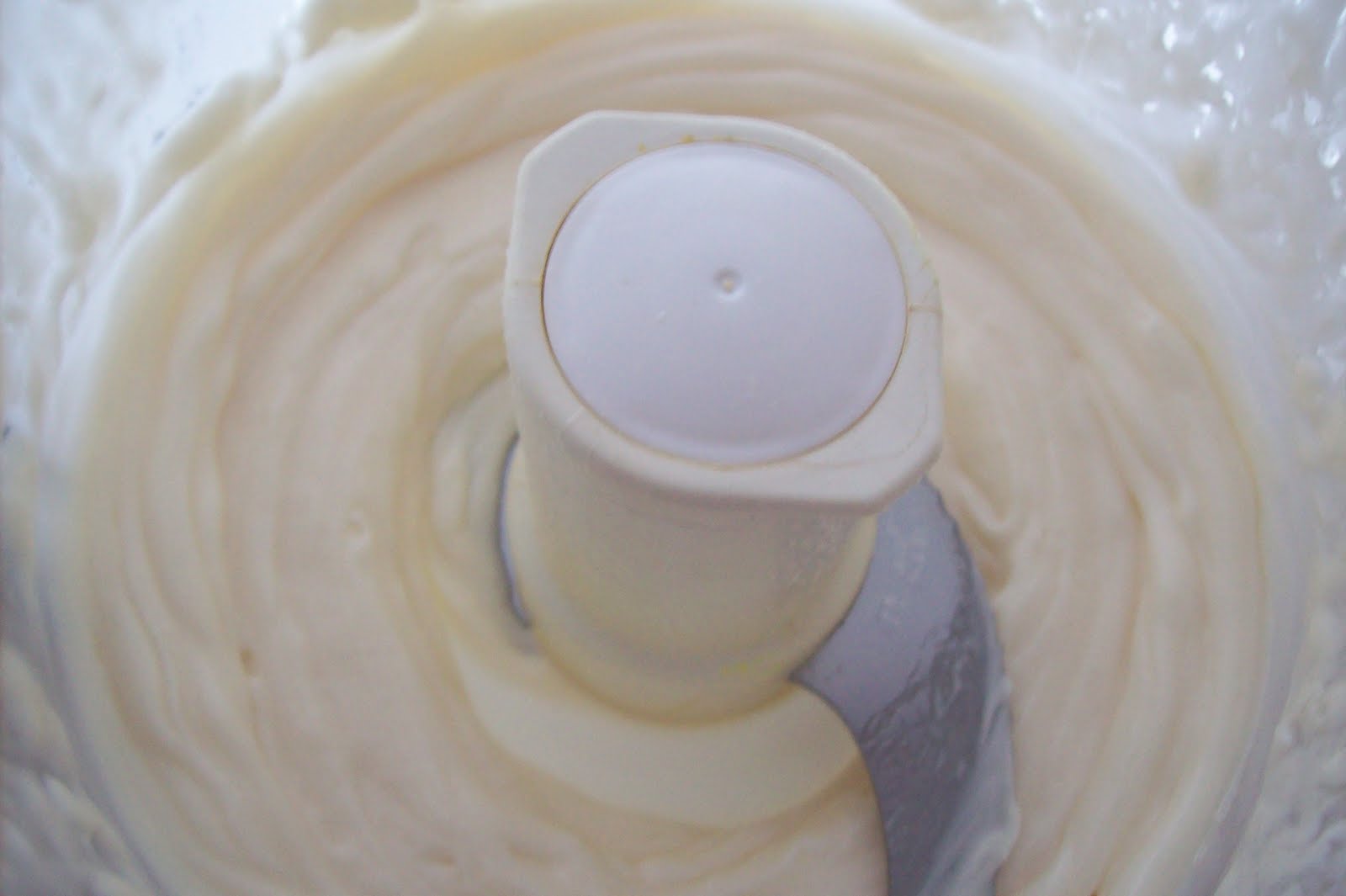
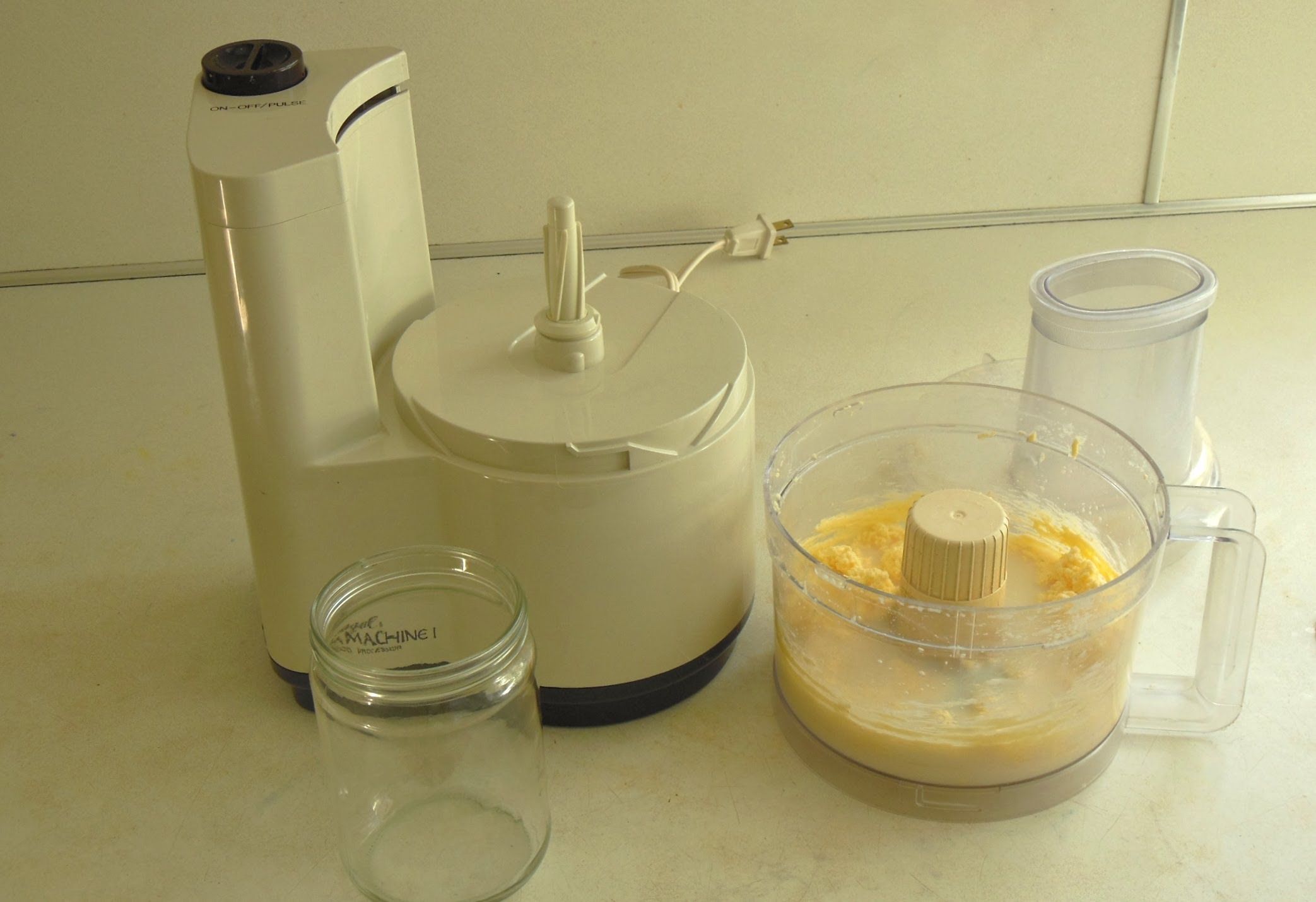
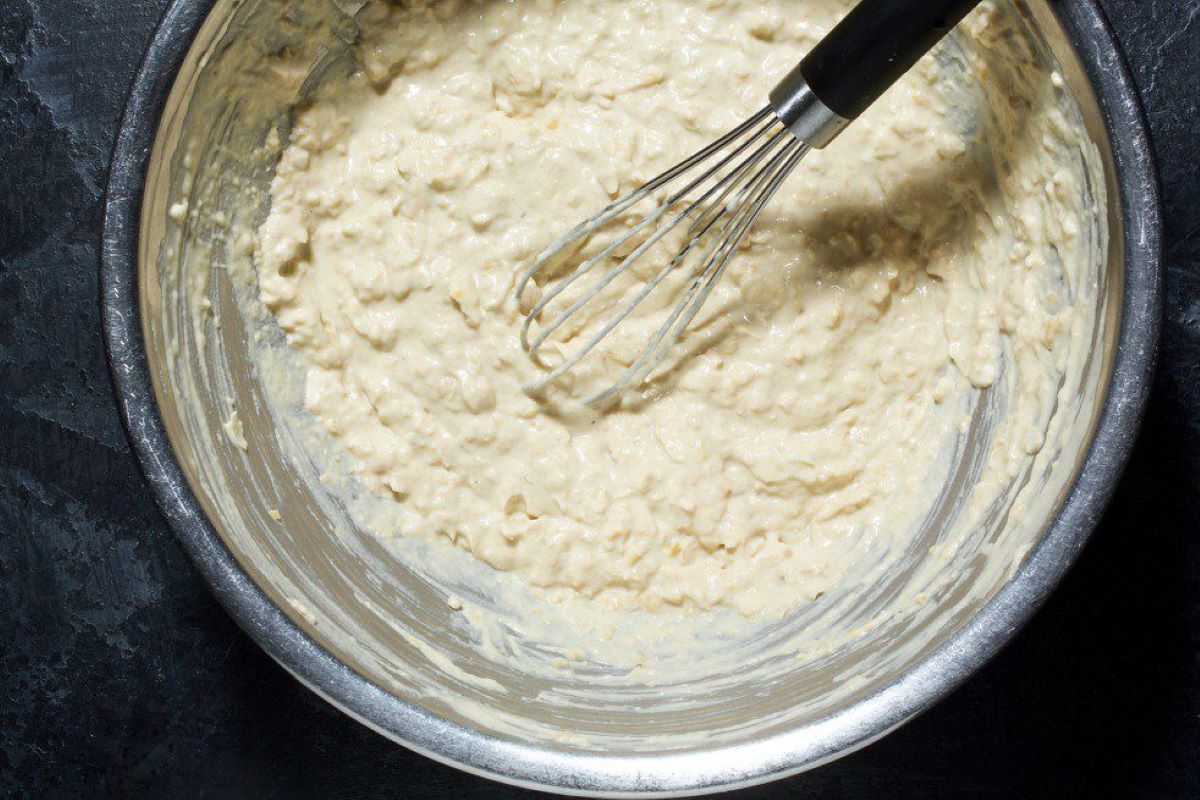
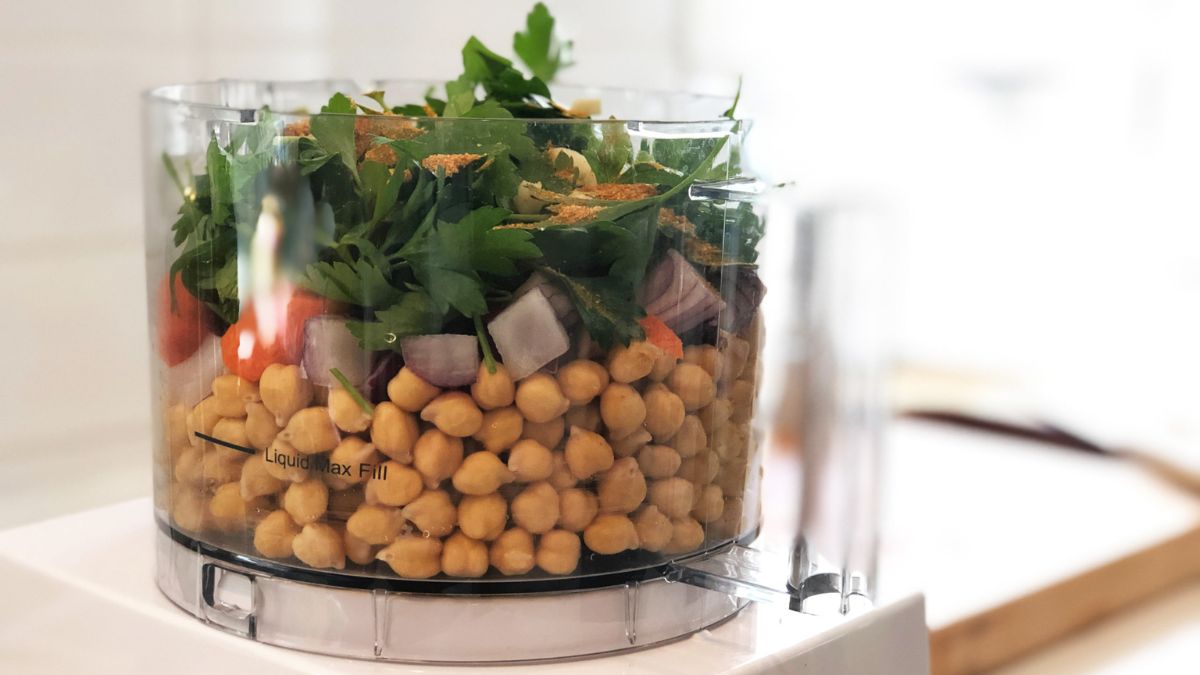
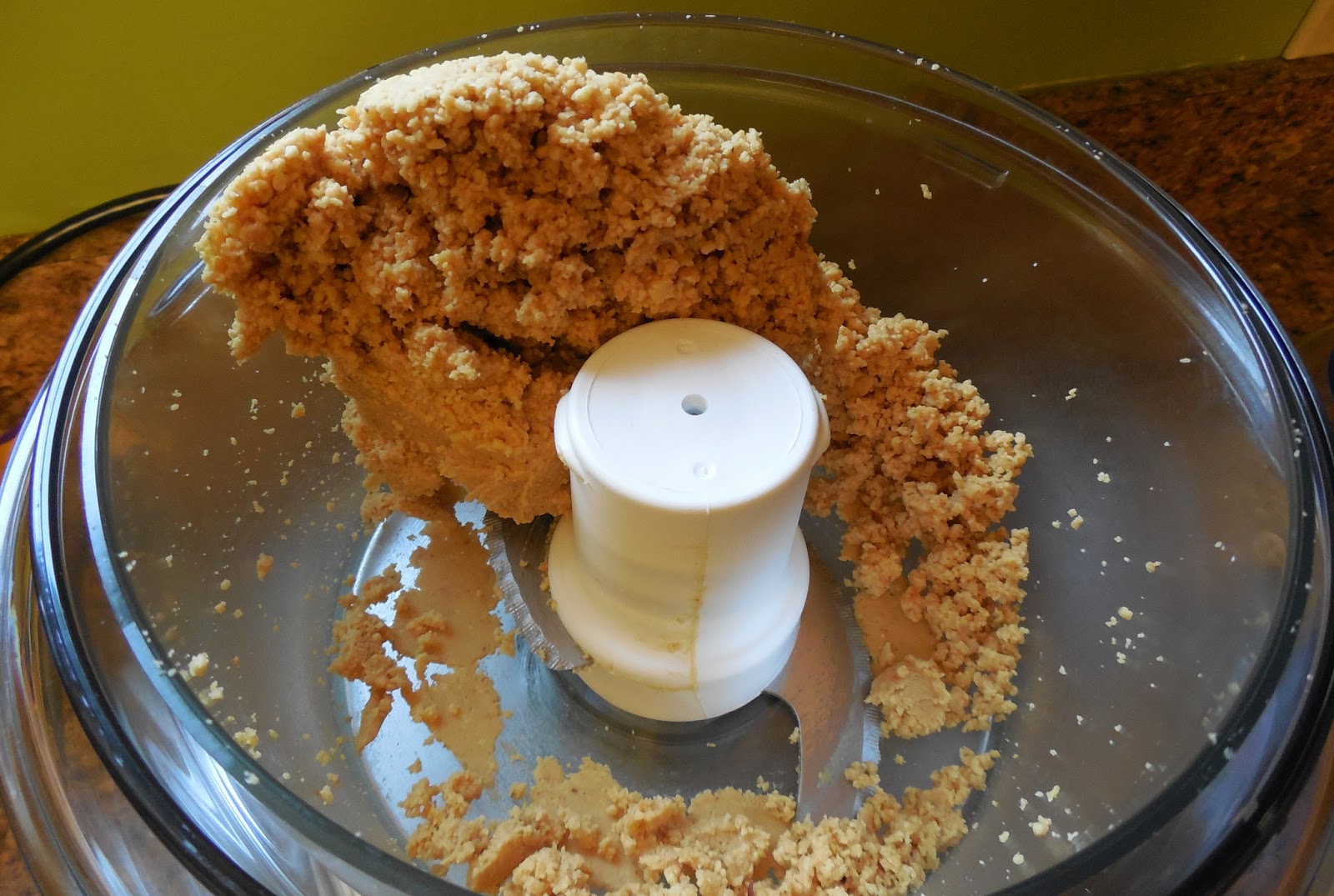
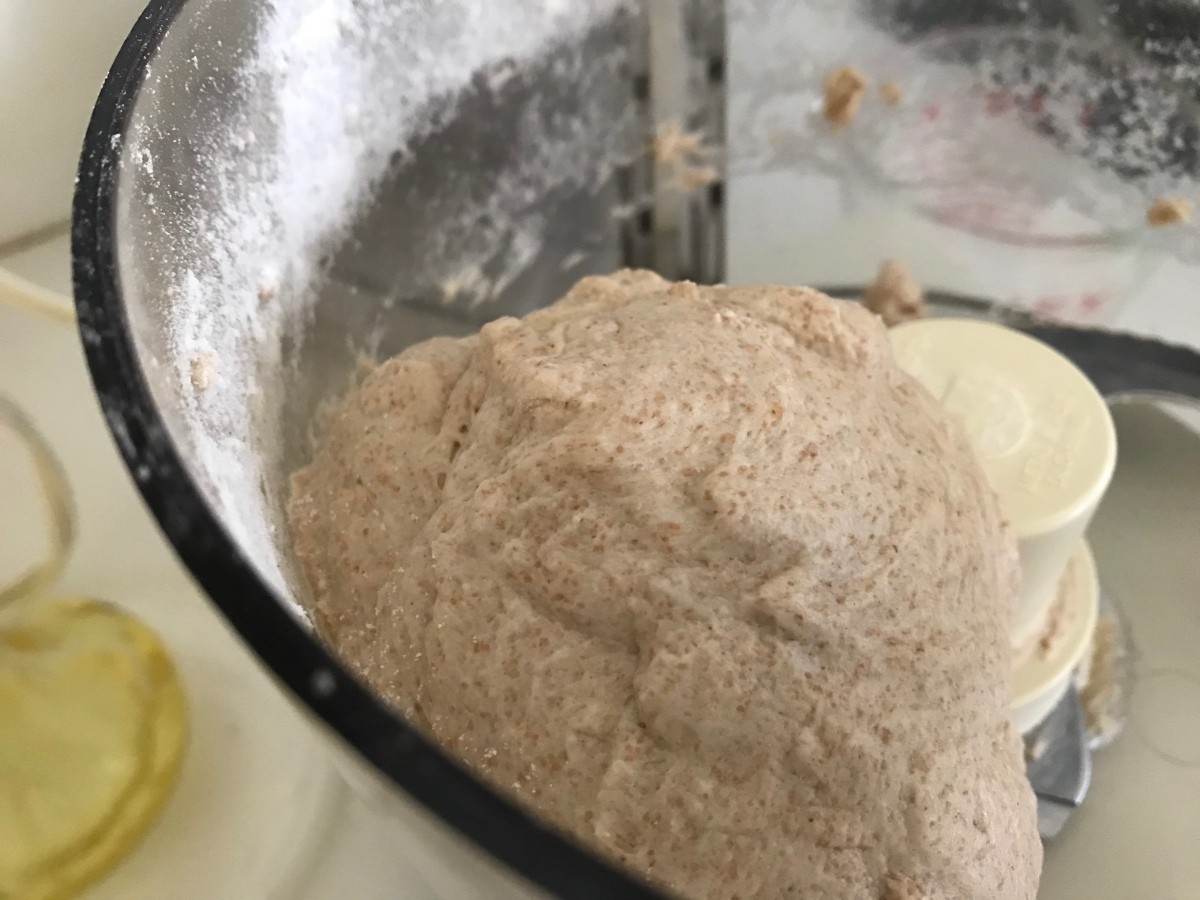
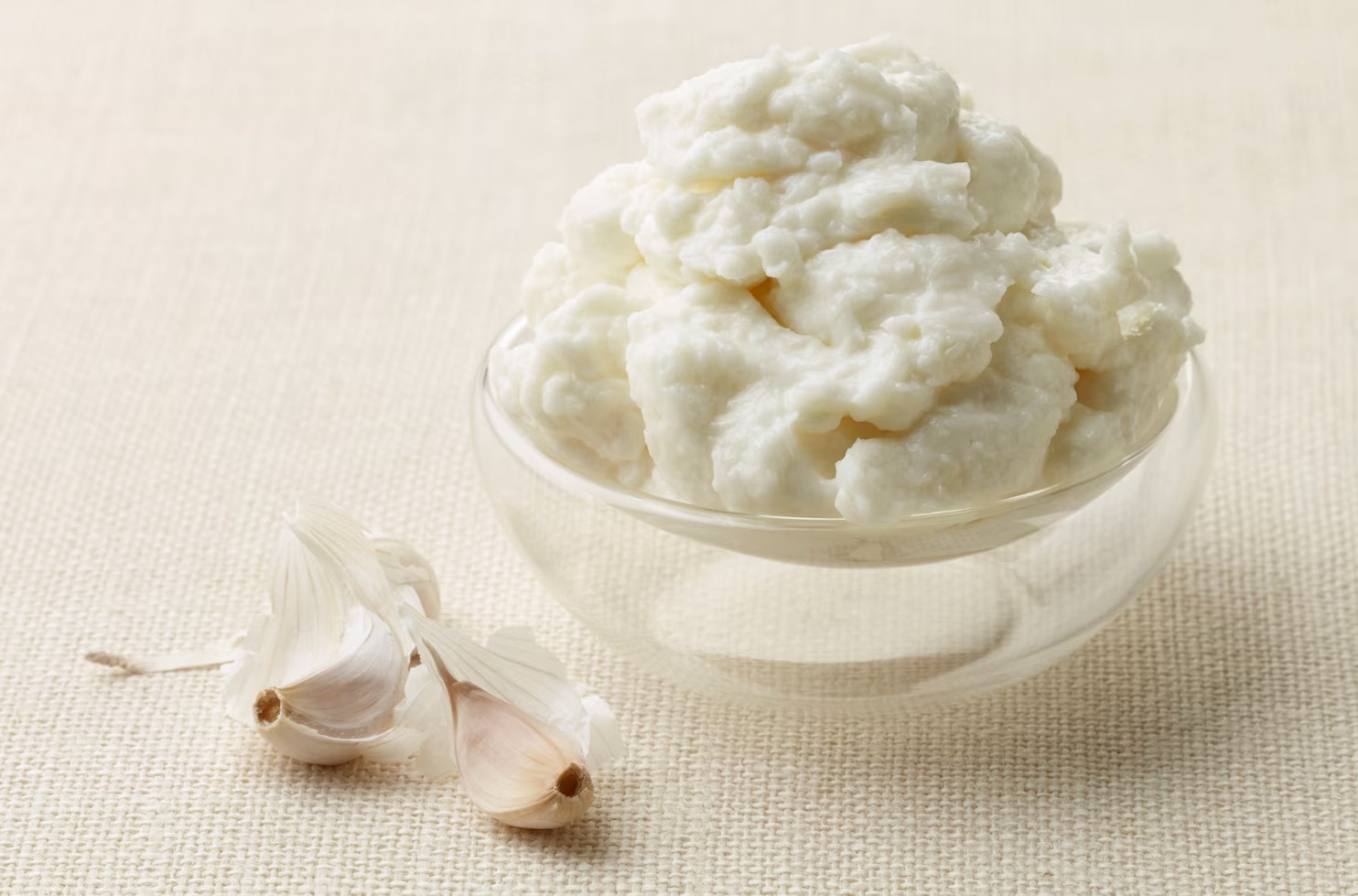
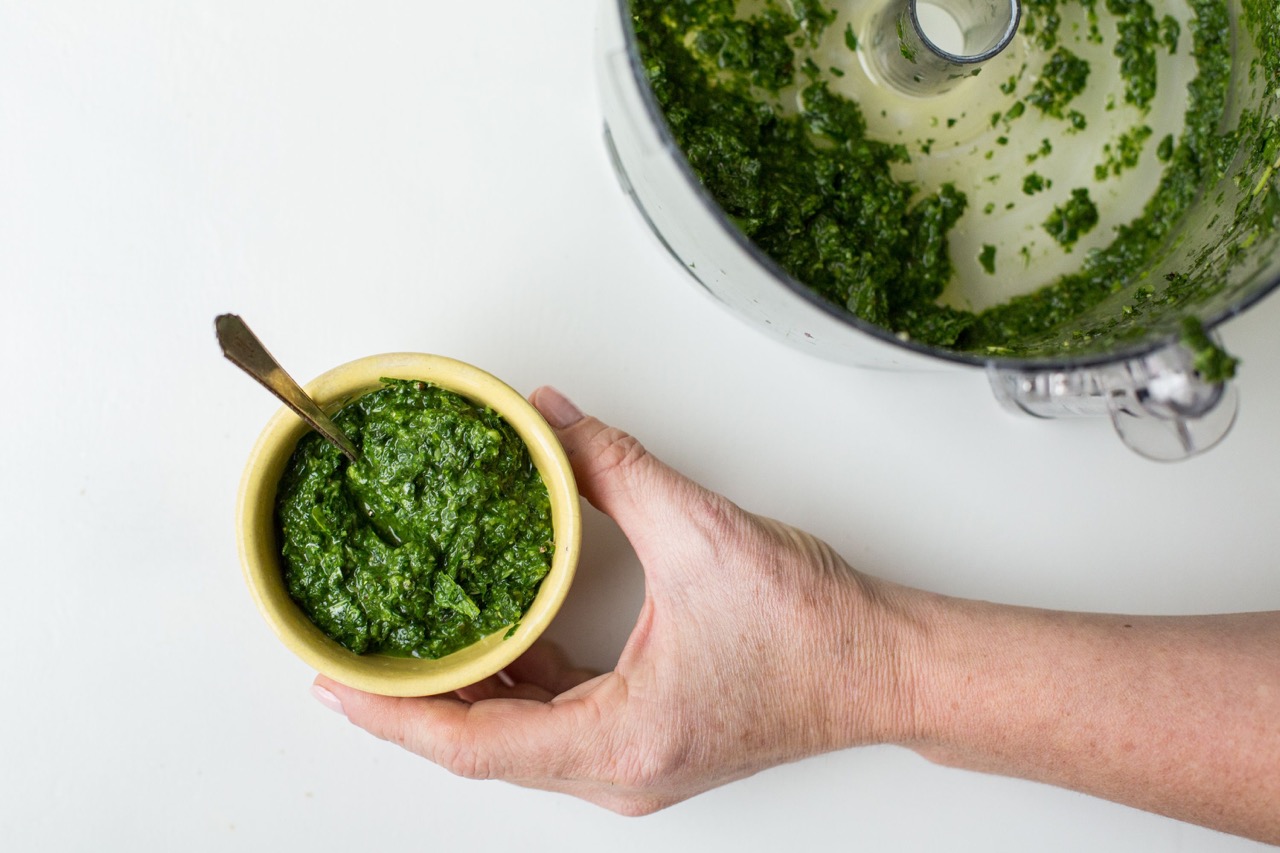


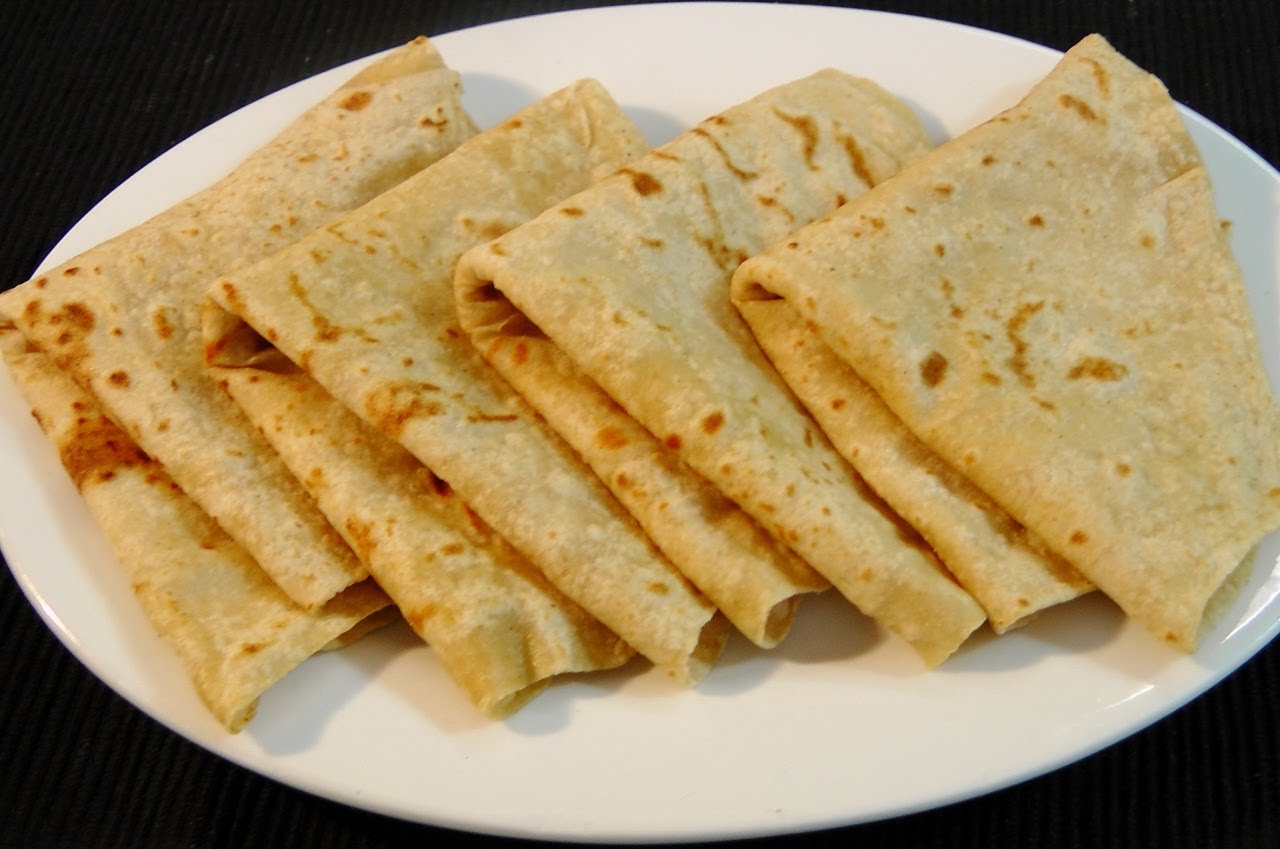
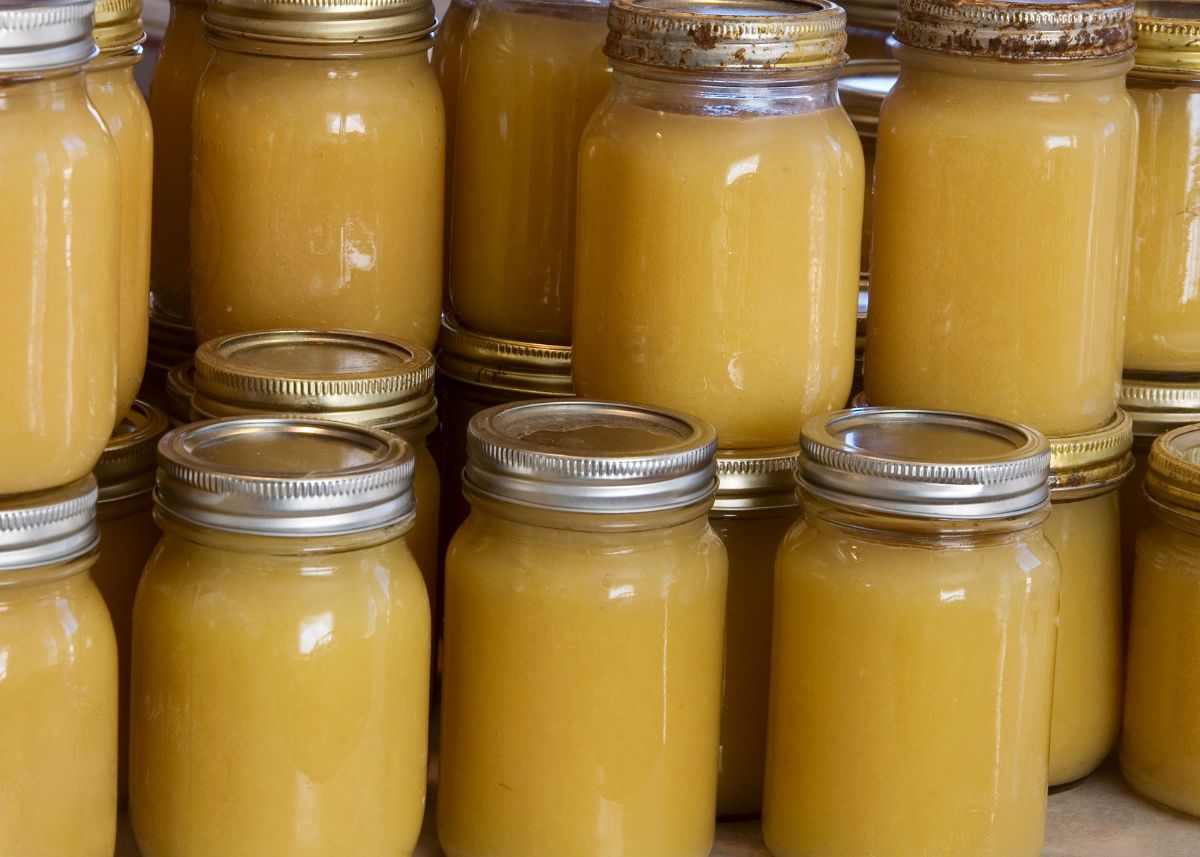

0 thoughts on “How To Make Homemade Applesauce With Food Processor”